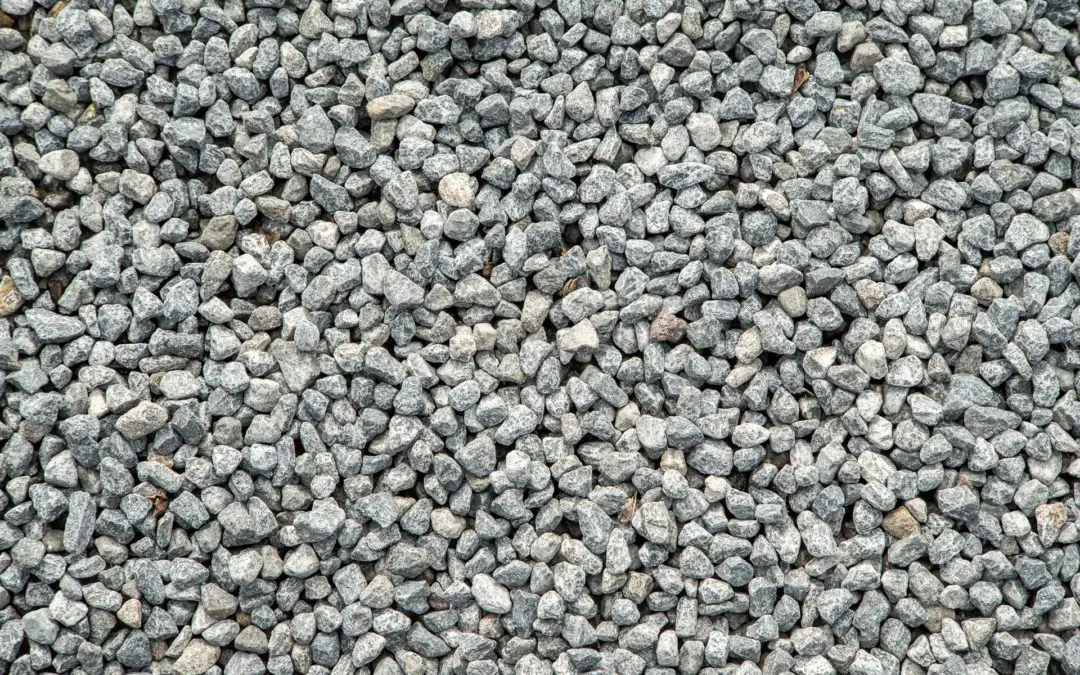Plants require a substrate or medium to grow in. In nature this is often soil or organic matter, but it can also be water (in the case of aquatic plants), or air (for many epiphytes). The plants root for support, but also for absorbing nutrients. When designing a living wall and choosing systems, the growing substrate is a huge consideration, and there are a lot of options.
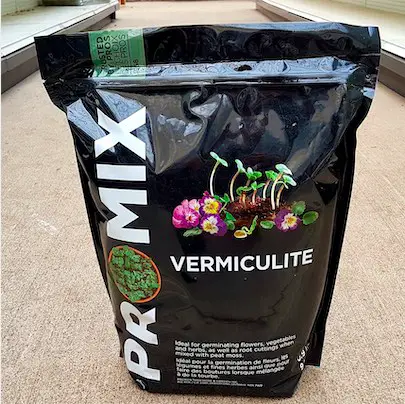
Living wall substrates can be: loose, mats, sheets or structural. In the special cases of hydroponics and aeroponics sometimes there is no media, just a nutrient solution.
Here’s a complete list of substrates that can be used, with more detail on each below:
- Soil, sand, gravel, garden peat, bark chips
- Perlite, Pumice, Expanded shale
- Polyurethane foams
- Coco coir
- Felts and porous fabrics
- Rock-wool
- Clay balls
Loose Media
This is the most intuitive growing medium. In nature, most plants grow in some type of soil. Fertile soils are an incredibly complex combination of ingredients. They have a wide range of properties, but in general they’re able to hold a combination of liquids and gases, have high specific surface areas, and host a lot of life.
Designs are typically soils in a trough or in breathable bags that’s anchored to the wall structure. Soils may need to be replaced from time-to-time, which can add to maintenance.
Soils have a few important purposes
- Structural support: let the plant anchor itself
- Drainage: have enough connected porosity to drain
- Water retention: good capillary structure to hold wick water to the roots
- Nutrient release: short and long-term nutrient release depending on the type of plant
Soils are known to have some issues in seismically active areas. Under vibration, soil can liquify and plants and soil may fall from a wall. Luckily, solutions exist to solve this problem, so soil is always an option.
Soils can be very heavy, especially when wet.
Soils are a combination of gases, small mineral particles, dead organic matter and a diverse range of living insects. They can be flourishing, or nearly sterile as in the case of some desert sands. A flourishing beneficial microbial community can help make your wall more disease resistant if it’s in balance.
For living walls, loose media can also include sands and gravels. These won’t provide much nutrients, but will provide a good substrate for roots to anchor to.
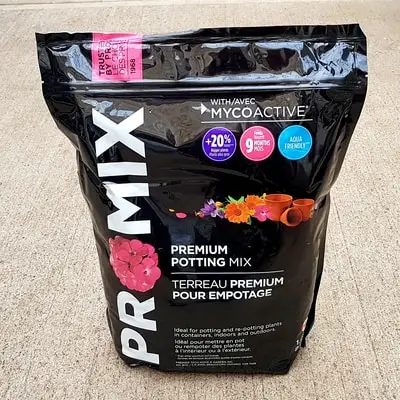 Annuals, fruits and vegetables, and herbs
Annuals, fruits and vegetables, and herbs
These plants are generally going to want a lot of nutrients. Typical potting soils will be tailored to this type of plant. They’ll have compost additives, with a peat or coconut fiber base. They’ll have some drainage materials.
DIY high-nutrient soil recipe:
- 1 part perlite (or vermiculite or pumice)
- 1 part peat moss (or coconut fiber)
- 1 part compost (can be a combination of manure, worm castings, whatever is available)
Tropicals, exotics, and perrenials
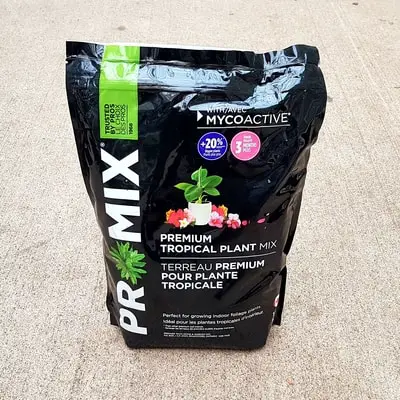 Perennials live longer than a year. In choosing a soil you want something that will last longer, and decompose more slowly. This creates a more even nutrient profile over-time, and maintains porosity and structure, reducing compaction.
Perennials live longer than a year. In choosing a soil you want something that will last longer, and decompose more slowly. This creates a more even nutrient profile over-time, and maintains porosity and structure, reducing compaction.
Start with a high organics soil like a potting soil. It will probably contain peat, coconut fibres, and other organic materials. Bark chips can also be added. Then add extra mineral content and drainage medium. This can be perlite, pumice or porous gravel.
The specific mix will depend on the plants, but if you’re in the ballpark you’ll likely be good to go!
DIY tropical soil recipe:
- 1 part potting soil
- 1 part Fine bark chips (orchid bark or pine bark are common)
- 2 parts Sphagnum moss
- 1 part Coarse sand (horticultural sand)
Succulents and cacti
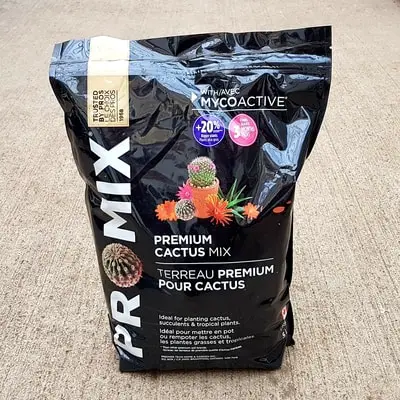 These desert and semi-arid specialized plants prefer very well-draining, low nutrient soil. It’s generally made up of high mineral content. High in gravels and sands. This provides less nutrients in the soil solution, which these plants prefer.
These desert and semi-arid specialized plants prefer very well-draining, low nutrient soil. It’s generally made up of high mineral content. High in gravels and sands. This provides less nutrients in the soil solution, which these plants prefer.
Perlite, pumice, expanded shales, and clay balls contribute to well-draining mixes.
I wrote an article on fertilizing succulents, specifically aloe vera. You wouldn’t believe how many people get this wrong.
DIY succulent recipe:
- 3 parts potting soil
- 2 parts coarse sand (horticultural sand)
- 1 part perlite (or vermiculite or pumice)
Mat media
Mat media are an interesting collection of materials. They’re like a fabric, but thicker and very porous. Natural fibers like coco coir, or artificial fibers like acrylic or polyester are common. They’re pressed together in different techniques. Another common option is rock-wool. A fiber created from molten minerals.
The result is a thickened mat of material. Roots can grow into the fibers, but nutrients are low in the case of natural materials, and absent in the case of plastics. The mechanical strength of the mat needs to be taken into consideration, as a mat’s matrix will be in supporting the plants.
So for example if a plant gets really large and heavy, it can tear the mat. Different media can be combined if a living wall design includes plants that are expected to grow large and heavy. Some walls include bushes and trees!
Maintenance is often easier with a mat type system because they’re more uniform, easier to attach and de-attach, and don’t weigh as much as loose mediums because they don’t hold as much water. But the flip side of this is that they need more watering. Mats usually don’t hold a lot of moisture, so watering frequency has to be increased.
Mats with natural and mineral materials can allow thriving micro-biomes to develop. These can strengthen the health of plants and help provide a balanced ecosystem that reduces disease.
Mats are a great choice for smaller walls and interior walls.
Sheet Media
Often based on polyurethane foams, these systems are similar to a mat system. The idea is for large sheets of semi-open-cell foam to
The inorganic nature of the material means less pests! There isn’t a lot of organic matter for unwanted critters to thrive on.
A popular configuration includes a layered design.
- A waterproof backing layer
- The first layer of sheet media
- the layer containing the plant roots and irrigation
- The second layer of sheet media
- The vegetative layer of visible plants
The second layer of mat media has slits or pockets incised, so plants can be inserted.
With a bit of work plants can be removed and inserted and shuffled around. Depending how extensive the root growth is of course.
Features include: long life, low weight (less structure required) but higher cost. Maintenance can also be easier depending on the specific design.
Structural media
These are truly modular. Like mat media but strong enough to interlock and provide their own structure. They are designed to combine the benefits from other types.
In the case of modular sheet media designs you can think of them as porous lego blocks.
The blocks can be manufactured to spec on a surprising number of factors:
- Dimensions
- Thickness
- pH
- Porosity and water holding capacity.
Life is long for this type of material, up to 10-15 years.
Hydroponic and aeroponics
It might be tempting to think of hydroponics as a form of growing medium. And it sort of is. In hydroponics there’s a structural substrate, and then a nutrient solution.
Hydroponics is growing plants in a nutrient solution, in water! Aeroponics uses a fine mist on the roots.
Hydroponics systems are more complicated. There is the risk of water escaping the system and damaging the area below the wall. There’s also the risk of a pump failure. Hydroponic systems often don’t have substrates with a long water retention period, so they need closer attention to make sure failures are caught early. This can be automated, but it’s an additional complexity.
Aeroponics is even most sensitive to failure. For some systems the roots could dry out within days in the case of a failure.
Both systems rely on a complex cocktail of nutrients in solution. Keeping this life-giving water in the right balanced state can be challenging, there are lot of variables.
There are advances in technologies and simpler and more reliable systems being developed all the time. So check back into these methods every few years.
Hydroponics and aquaponics can provide incredible results, but the challenge is real.
Conclusion
Consider the substrate early in a living wall design, it’s going to impact a lot of your systems. Watering timing and nutrient profile will need to correspond, and so will your maintenance schedule. All the mediums have pros and cons, and great specific applications. You’ll have to work with a contractor, or do some DIY experimenting to get the right mix but I hope I’ve given you a good foundation to work from!

I’m Alex Lafreniere. I learned a lot about plants when I built and operated a landscaping company. But, there’s always more to learn. Ever since travelling across the world, I’ve wanted to find ways to bring more tropical and exotic plants into my life. This is the site where I share everything I’ve learned with you.
This site is owned and operated by Plant Hardware, a sole proprietor headquartered in Calgary, Canada. Plant Hardware is a participant in the Amazon Services LLC Associates Program, an affiliate advertising program designed to provide a means for sites to earn advertising fees by advertising and linking to Amazon.com.Plant Hardware may also participate in affiliate programs with Bluehost, Clickbank, CJ, ShareASale, and other sites. Plant Hardware is compensated for referring traffic and business to these companies.

